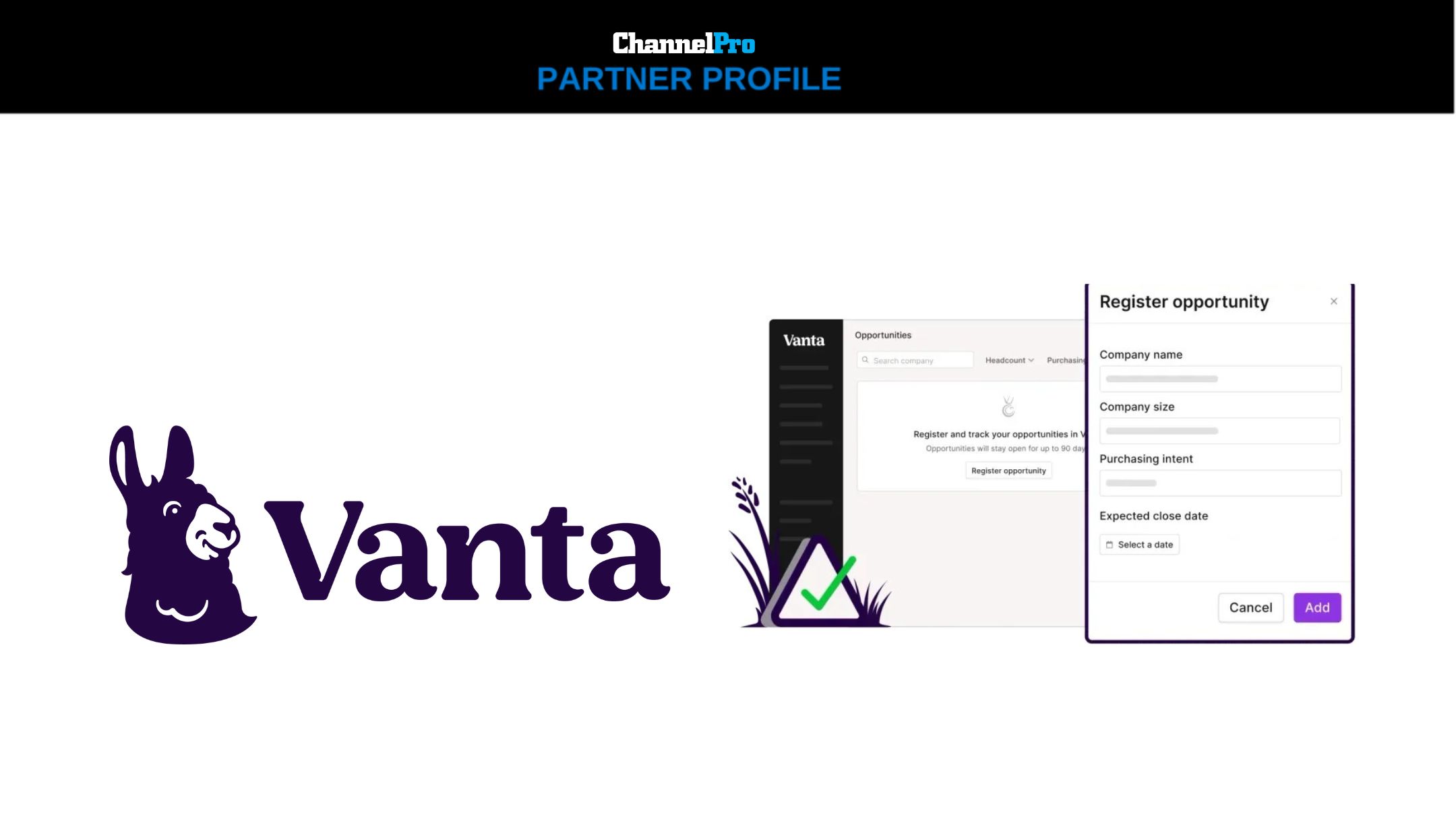Hiring new team members is a critical decision that can impact your MSP’s efficiency, client satisfaction, and profitability. This guide helps you evaluate your current workload, forecast future demand, and calculate the right time to expand your team to sustain growth and maintain service quality.
Key Steps to Determine When to Hire More Team Members
1. Assess Current Workload and Capacity
Actionable Tips
- Track employee hours and workloads to identify overburdened team members.
- Use project management tools like Trello, Asana, or ConnectWise to monitor task completion and bottlenecks.
Key Insights
- If Capacity is Stretched: Overworked employees may struggle to maintain productivity and quality.
- If Capacity is Balanced: You may not need immediate hires but should prepare for upcoming demand.
Next Steps
- Conduct weekly reviews of workload distribution to identify trends.
- Hold one-on-one meetings to gather employee feedback about stress or inefficiencies.
2. Evaluate Service Delivery Metrics
Actionable Tips
- Monitor KPIs like ticket resolution time, client satisfaction scores, and SLA compliance.
- Look for recurring delays or backlogs in meeting client expectations.
Key Insights
- If Metrics Are Declining: Service quality may be suffering due to insufficient staffing.
- If Metrics Are Stable: Focus on optimizing workflows before adding more team members.
Next Steps
- Analyze trends over three months to determine if issues are temporary or persistent.
- Use client feedback to pinpoint areas where additional staffing might improve outcomes.
3. Forecast Future Demand
Actionable Tips
- Assess sales pipelines and upcoming projects to predict workload increases.
- Use historical data to anticipate seasonal fluctuations in demand.
Key Insights
- If Demand is Growing: Proactively hiring ensures you can handle the workload without delays.
- If Demand is Steady: Monitor pipelines to prepare for potential surges.
Next Steps
- Collaborate with sales and account teams to align staffing with projected client onboarding.
- Create a hiring roadmap that aligns with your growth strategy.
4. Calculate the Cost of Hiring Versus Overworking
Actionable Tips
- Compare the cost of hiring (salary, benefits, training) with the potential losses from overburdened staff (missed SLAs, reduced client satisfaction, burnout).
- Factor in productivity improvements from additional hires.
Key Insights
- If Costs are Comparable: Hiring can help maintain service quality and employee retention.
- If Costs are High: Optimize current workflows before committing to new hires.
Next Steps
- Use a profitability calculator to estimate the ROI of adding team members.
- Evaluate part-time or contractor options as a cost-effective alternative.
5. Align Hiring with Business Growth Goals
Actionable Tips
- Ensure that hiring decisions align with strategic initiatives like entering new verticals or expanding service offerings.
- Prioritize hiring for roles that directly impact growth, such as sales or cybersecurity specialists.
Key Insights
- If Aligned with Goals: New hires can accelerate business objectives and improve service quality.
- If Misaligned: Unfocused hiring can lead to inefficiencies and wasted resources.
Next Steps
- Include hiring plans in your annual strategy review.
- Regularly assess team composition to ensure roles match your business priorities.
Checklist: Is It Time to Hire More Team Members?
1. Are Current Team Members Consistently Overburdened with Tasks?
- If Yes: Identify the most overworked roles and redistribute tasks where possible.
- If No: Monitor workloads and focus on process improvements instead of hiring.
2. Are Service Delivery Metrics like SLA Compliance or Client Satisfaction Declining?
- If Yes: Evaluate which roles would most improve these metrics and prioritize hiring there.
- If No: Track metrics quarterly to anticipate future issues.
3. Does Your Sales Pipeline or Project Forecast Indicate Growing Demand?
- If Yes: Plan hires around onboarding schedules or peak demand periods.
- If No: Review sales goals and account onboarding strategies to prepare for demand surges.
4. Have You Calculated the Cost of Hiring Vs. Overworking your Team?
- If Yes: Proceed with hiring if the long-term ROI supports growth and retention.
- If No: Use a cost-benefit analysis to justify or delay hiring decisions.
5. Does Hiring Align with Your Growth Goals or New Service Initiatives?
- If Yes: Prioritize hires in strategic areas like sales, marketing, or technical expertise.
- If No: Focus on refining your current team’s contributions to align with your goals.
Conclusion
Deciding when to hire requires balancing current capacity, future demand, and strategic goals. By following the steps and using the companion checklist, MSPs can make informed hiring decisions that support growth, maintain service quality, and prevent employee burnout.
Next Steps
- Want more helpful guidance on this topic? Check out our Staffing and Team Development Answer Center.
- Have a question for our experts? Send it to editors@channelpronetwork.com
ChannelPro has created this resource to help busy MSPs streamline their decision-making process. This resource offers a starting point for evaluating key business choices, saving time and providing clarity. While this resource is designed to guide you through important considerations, we encourage you to seek more references and professional advice to ensure fully informed decisions.
Featured image: iStock













